We are muze, a UX design studio in Tel Aviv
User Experience, and How it Affects End-Users
User Experience (UX) Design is a process undertaken by UX Designers and UX Agencies to ensure that the product offers a profound and pertinent experience for the product’s end-users. Of course, this process canvasses a wide range of actions with a focus on usability, functionality, gratification and eventually product branding. These are the essential elements that inspire end-users to acquire and integrate products into their day-to-day lives.
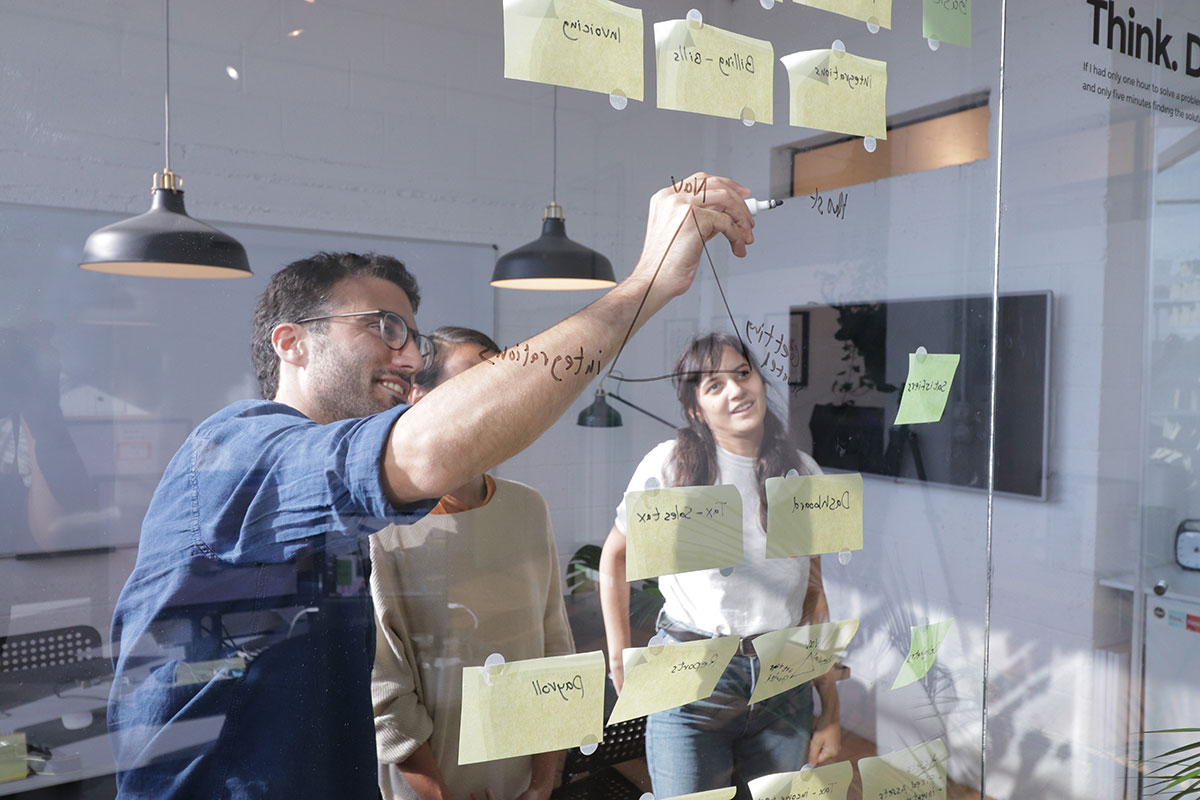
Individual Users
Different audiences are attracted to different branding, and people experience efficiency and pleasure in different ways. Users also have different limitations. For example, elderly people may find it difficult reading small fonts, or even particular fonts, while children may be attracted to primary colors and basic fonts and shapes. Therefore, we cannot create a blanket definition for good user-experience. As such, good UX Design companies must define user categories via user research and formulating user personas. For software products, they must then outline wireframes, develop interactive prototypes, and test their designs. UX Designers can then create products for a particular target audience that reflect the specific needs of those users, and the particular context where they use these products.
Usability
When we strip back to the bare bones of a product in a process to create good UX Design starting with usability, once again, we need to understand our end-user, as individuals and as members of a larger collective of users. What has inspired them to use the product? Does the product offer a specific action or activity, does it fulfil a particular mission or task? Does the product arouse associations with values or life perspectives, ranging from religious beliefs to a desire for work-related productivity.
Functionality
The functionality of a product looks at what people are going to do with it, how they are going to use it – what is its purpose? A product that aims to enable a blind person to gain back some of their independence, a topic being dealt with by scores of startups around the world, has a very different functionality to say a product that facilitates a collaborative work environment for remote workers in a multi-national enterprise – another theme that has been given much attention from startups and of course UX Designers and UX companies.
Branding
Branding is the last major component of the comprehensive UX Design process. Here we take usability – ‘why’ would a user adopt a product, bring it together with functionality – ‘what’ is the product being used for, and fuse them to create the ‘how’ users will use the product i.e. creating a design that integrates usability and functionality in a user-friendly, and visually-pleasing, even trendy manner. Let us not forget the fundamental value for UX Designers and UX companies, and that is creating a positive and seamless experience, which will ultimately lead to product adoption of scale.
Returning to our initial question - How does User Experience (UX) Design affect end-users? The answer is more than any other product component. User Experience Design entails aesthetics, engineering, psychology and engagement. The work process is completely user-centric to address and optimize all relevant aspects relating to usability, functionality and brand.


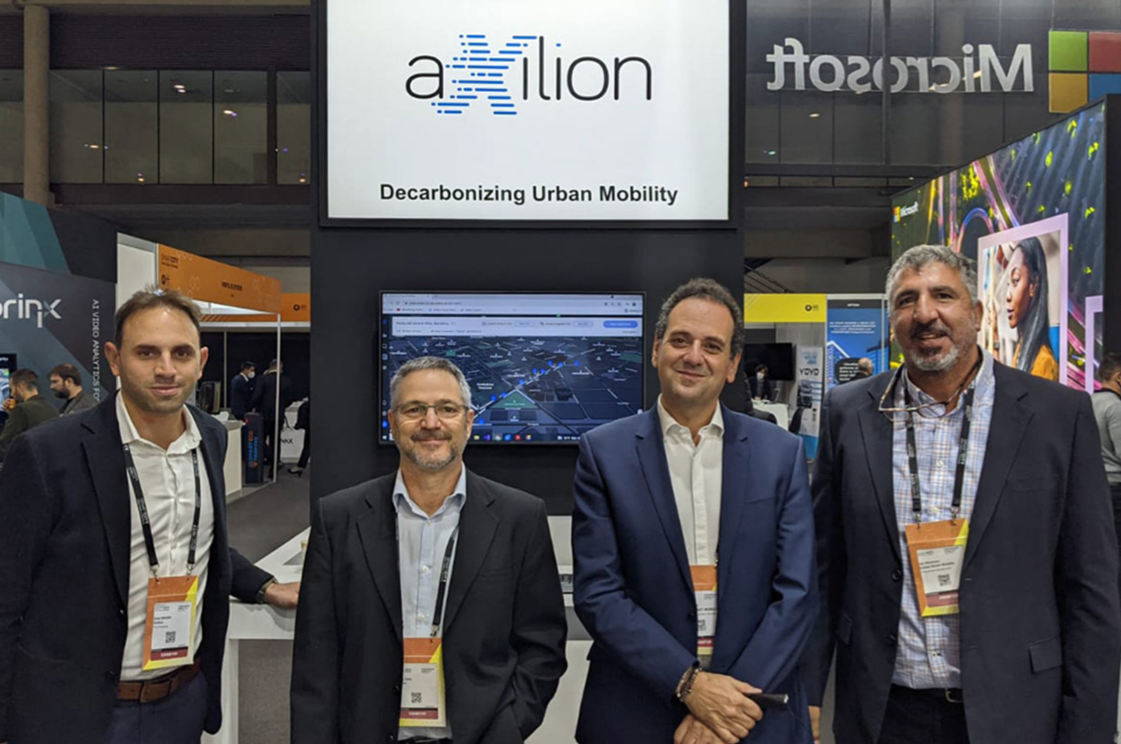
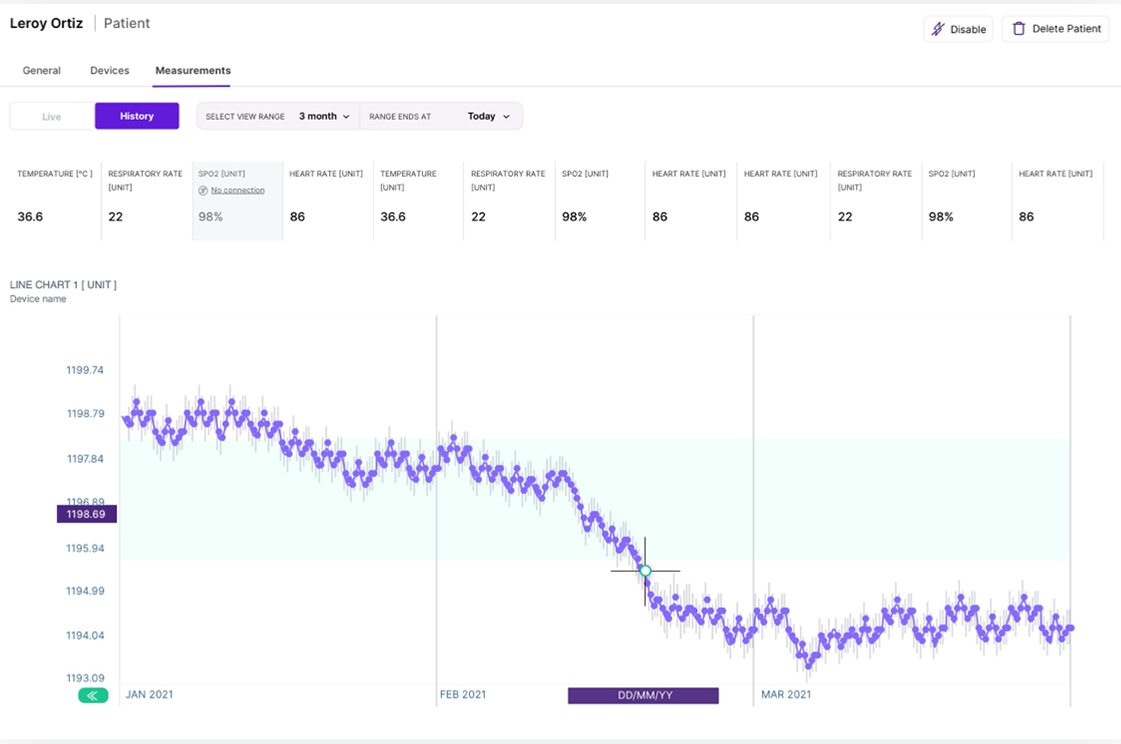
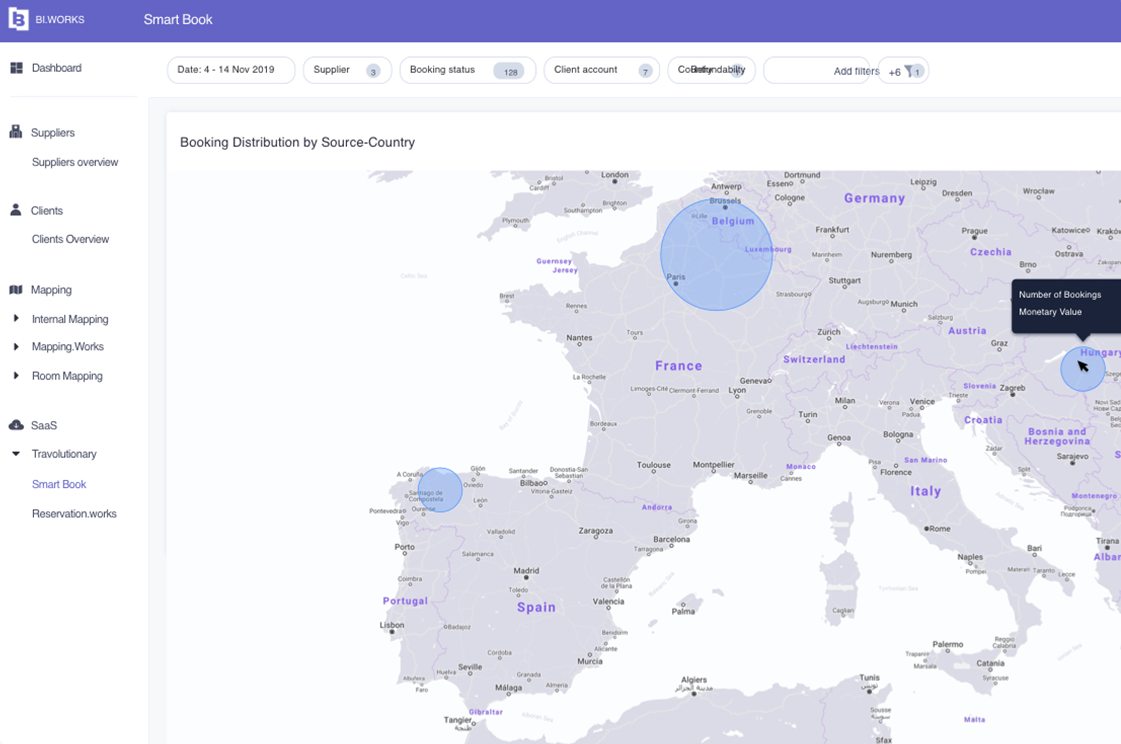
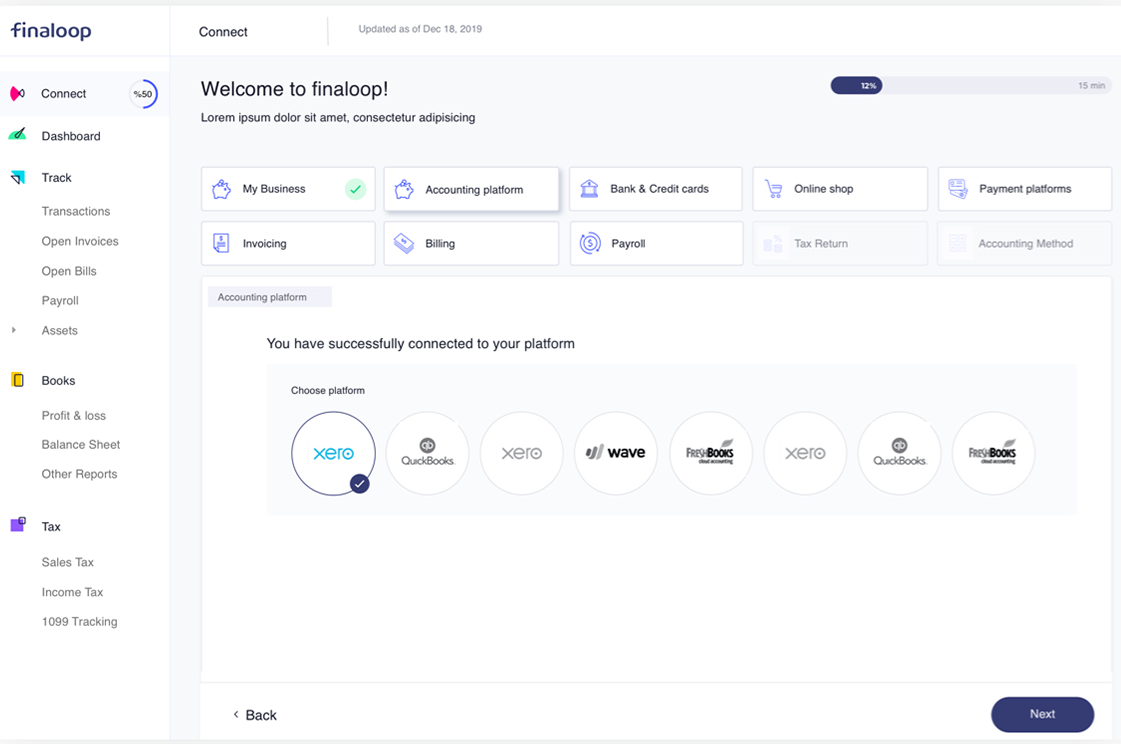
 in Tel Aviv
in Tel Aviv